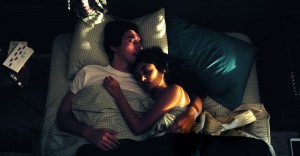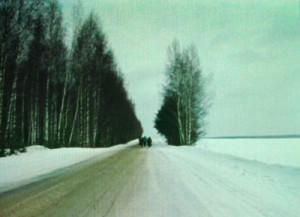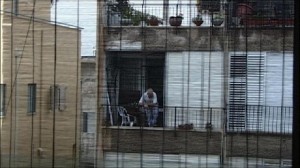Jarmsuch’s Lost America: The Pleasures of PATERSON
Commissioned by the French quarterly Trafic for its 102nd issue (Summer 2017). — J.R.
1. Jarmusch as dialectician
For some time now, Jim Jarmusch has been operating as an
autocritical dialectician in his fictional features. Politically as
well as commercially, The Limits of Control offers a sharp
rebuke to his preceding film, Broken Flowers, by following
Bill Murray as a protagonist — a bored and diffident Don Juan
roaming across the United States to visit four of his former
lovers, in order to discover which one he impregnated with
a son — with Isaach de Bankolé as a protagonist, a hired
assassin in Europe pursuing Bill Murray in the role of Dick
Cheney as he hides out in a bunker until the assassin
finally strangles him with a guitar string. But even more
striking is the radical contrast between Jarmusch’s most
elitist feature (and in many ways my least favorite), Only
Lovers Left Alive, about a romantic, middle-aged married
couple played by Tilda Swinton and Tom Hiddleston —
vampires named Adam and Eve who evoke junkies, rock
stars, and Pre-Raphaelite artists, living on separate
continents in Tangier and Detroit — and Jarmusch’s
most populist feature (and one of my favorites),
Paterson, about a younger romantic couple living together
in Paterson, New Jersey, a bus driver named Paterson
(Adam Driver) who writes poetry in his spare time and a
housewife named Laura (Golshifteh Farahani) who cooks,
specializes in creating black and white décor and clothing,
and is learning to play the guitar. Read more





